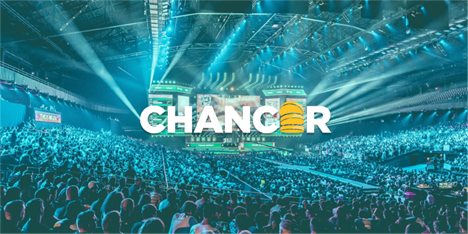Bitcoin Ordinals may become more like NFTs thanks to BRC-721

A cryptocurrency developer published documentation for a Bitcoin extension that allows Ordinals to be used in a manner similar to Ethereum-based NFTs on April 6.
BRC-721 adds collection standard and more
Bitcoin Ordinals do not currently provide a universal way to combine items into collections. Instead, this depends on the details of different services and wallets.
In light of these limitations, BRC-721 – also called the Ordinals Collection Protocol – is under development. The extension’s pseudonymous developer Poyo suggests that BRC-721 could become a decentralized standard, writing:
“Imagine if all the marketplaces would pick up new collections instantly directly from a blockchain, identify all the tokens that belong to it, and be able to tell if the metadata is exposed.”
BRC-721 specifically aims to add support for collections and introduce a metadata post-disclosure mechanism. It also aims to improve the process of creating and verifying Ordinal Collections by eliminating the need for upfront payments.
The feature seeks to mimic Ethereum’s competing ERC-721 standard, which is the basis for non-fungible tokens (NFTs) and allows for some of the same features.
Poyo said it will introduce an implementation of the BRC-721 API the week of April 9, but did not clarify whether the feature will be ready for general use.
Ordinal inscriptions are gaining popularity
Ordinals were originally introduced in January by Casey Rodarmor to allow collectibles with embedded media to exist on the Bitcoin blockchain.
Improvements are now underway. A developer known as Domo has extended Ordinals with BRC-20 to offer support for fungible assets (ie non-collectible tokens).
And while there are small Ordinal-focused marketplaces, Bitcoin Ordinals is gaining recognition from more established marketplaces. Magic Eden, for example, announced a launch space for Ordinal creators on April 6 and already operates an Ordinal marketplace.
According to community analytics at Dune Analytics, users have created at least 930,000 Bitcoin Ordinal inscriptions as of April 7 since the feature’s inception.
Despite the rapidly growing popularity of Bitcoin Ordinals, the process of buying and selling these assets remains a complicated process, especially compared to Ethereum NFT transfers. Ongoing development could make Ordinals much more accessible.
Disclaimer: Our authors’ opinions are solely their own and do not reflect the opinion of CryptoSlate. None of the information you read on CryptoSlate should be taken as investment advice, nor does CryptoSlate endorse any project that may be mentioned or linked to in this article. Buying and trading cryptocurrencies should be considered a high-risk activity. Do your own due diligence before taking any action related to the content of this article. Finally, CryptoSlate takes no responsibility if you lose money trading cryptocurrencies.
























